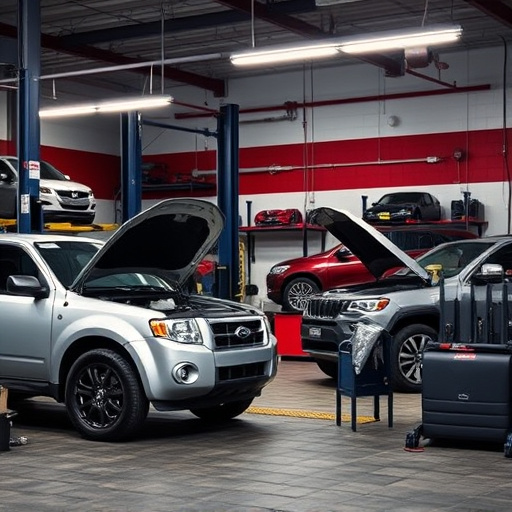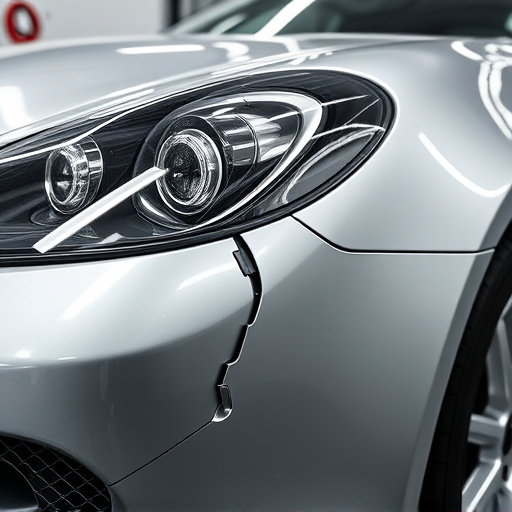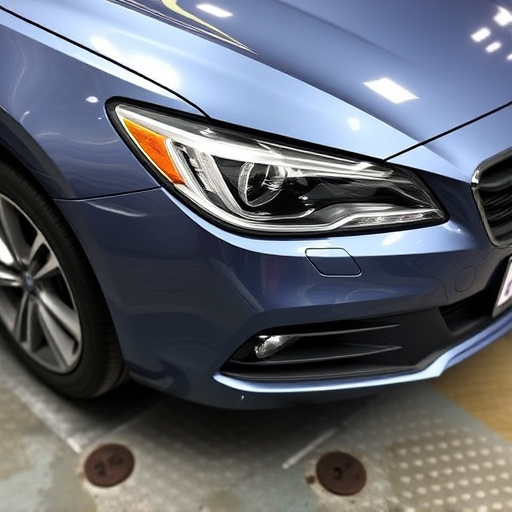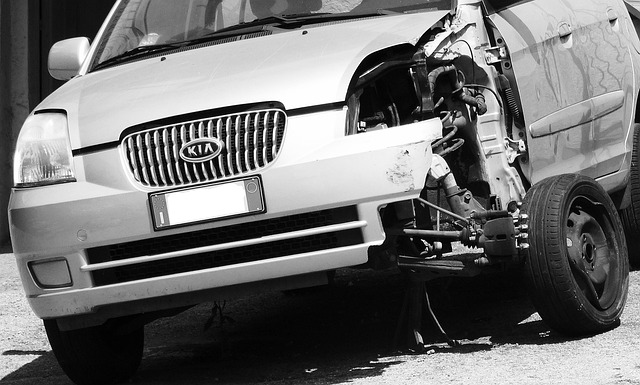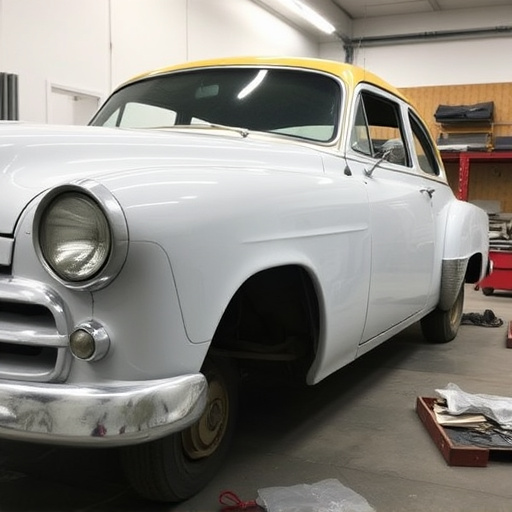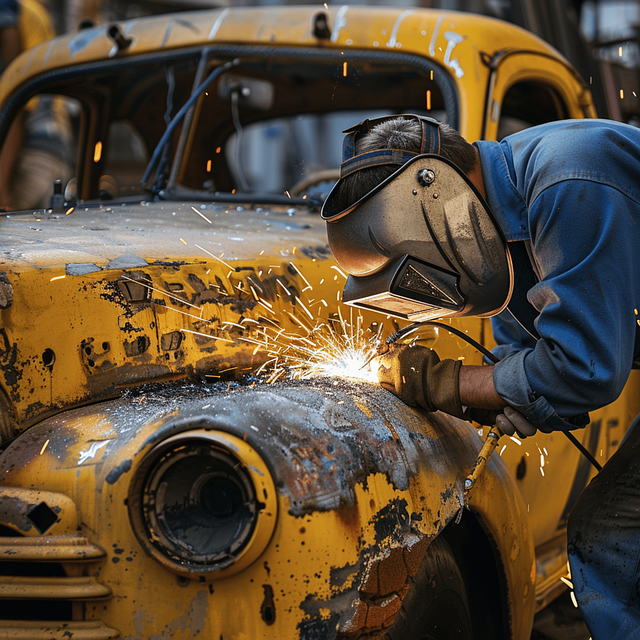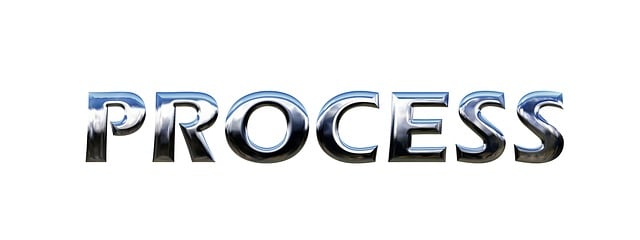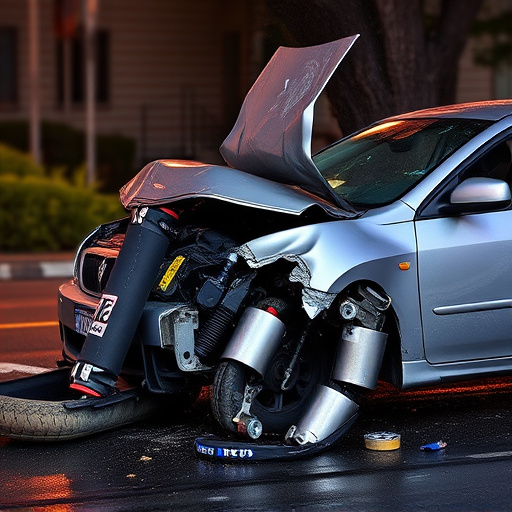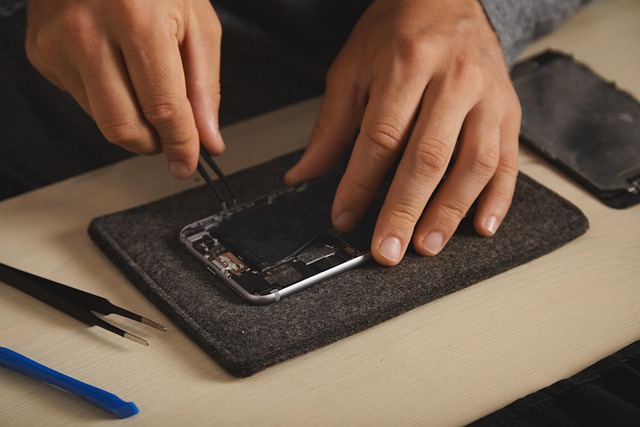The growing field of electric car body repair demands specialized skills and tools due to EVs' complex structural composition and electrical systems, including high-voltage components and battery packs. Unlike conventional cars, repairs require precise alignment, meticulous panel work, and adaptation of standard dent removal techniques for lightweight materials like aluminum composites. Auto repair shops must invest in advanced training and tools to cater to this emerging market, ensuring both aesthetic restoration and preservation of safety systems, ultimately maintaining vehicle efficiency and value.
In the realm of automotive care, electric car body repair stands out as a specialized craft. As the adoption of electric vehicles (EVs) surges, understanding the unique challenges these cars pose is crucial for shop owners aiming to offer comprehensive services. This article guides you through the nuances of EV body repair, from recognizing specific requirements and acquiring specialized skills to implementing advanced technology. Discover how to navigate this evolving landscape, ensuring top-notch repairs that meet the demanding standards of today’s electric vehicles.
- Understanding Electric Car Body Repair Requirements
- – Unique challenges of electric vehicle (EV) body repair
- – Key differences from conventional cars
Understanding Electric Car Body Repair Requirements
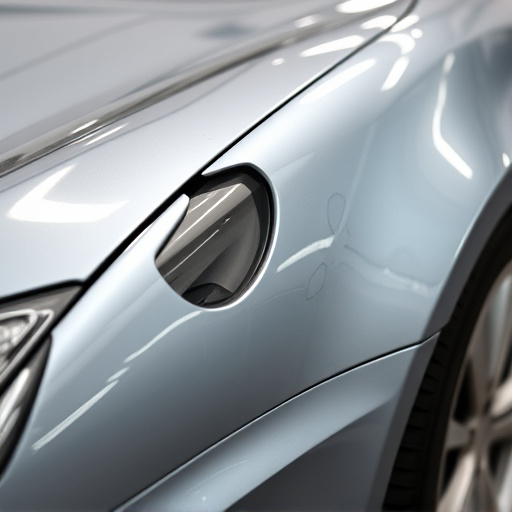
In the realm of electric car body repair, understanding the unique requirements of these advanced vehicles is paramount for any auto repair shop. Electric cars, with their sophisticated propulsion systems and lightweight structures, demand precise and specialized techniques during collision repair. Unlike conventional vehicles, they often have high-voltage components integrated into their bodies, necessitating meticulous attention to safety protocols and proper disposal procedures.
The process involves not only mending structural damage but also ensuring the integrity of the vehicle’s electrical systems. Auto frame repair for electric cars requires advanced tools and training to manage sensitive battery packs and power electronics. As these vehicles continue to gain popularity, auto repair shops must adapt their practices to cater to this emerging market, offering both efficient vehicle collision repair services and specialized knowledge in electric car body repair.
– Unique challenges of electric vehicle (EV) body repair
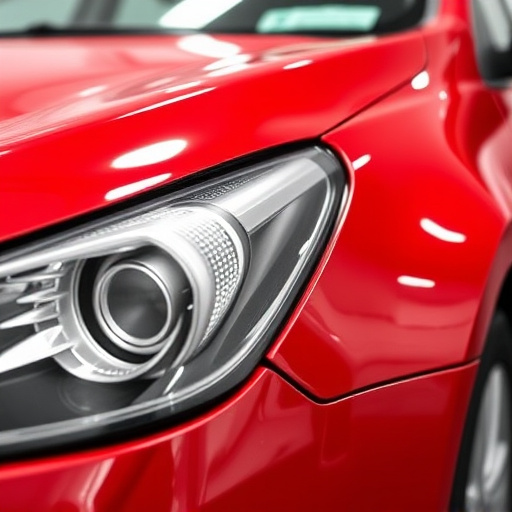
The unique nature of electric vehicles (EVs) presents specific challenges for body repair shops. Unlike conventional cars, EVs have a different structural composition and complex electrical systems that require specialized knowledge and tools to address effectively. For instance, battery packs and high-voltage components need to be carefully managed during the repair process, as they are integral to the vehicle’s safety and performance.
Additionally, EV body repair involves precise alignment and intricate panel work due to the compact design of these vehicles. Techniques such as dent removal must be adapted to accommodate lightweight materials and advanced manufacturing methods used in EVs. Auto detailing plays a crucial role here, ensuring not just aesthetic restoration but also maintaining the vehicle’s overall integrity and value in this increasingly popular segment of the automotive market.
– Key differences from conventional cars

Electric cars present unique challenges when it comes to body repair compared to their conventional counterparts. One key difference lies in the intricate electrical systems integrated into every aspect of the vehicle, from the motor and battery pack to the sophisticated infotainment and driving aids. These systems must be carefully considered and handled during any repair process to ensure safety and functionality. Unlike conventional car body work, which often involves primarily cosmetic changes or repairs to external panels, electric car body repair demands a deeper understanding of these complex networks to prevent potential disruptions that could affect the vehicle’s overall performance.
Another distinct aspect is the materials used in construction. Electric vehicles (EVs) frequently employ lightweight materials like aluminum and composite plastics for their bodies, which can differ significantly from the metal panels common in traditional cars. This difference necessitates specific tools, techniques, and expertise for effective body restoration, including specialized equipment for handling these alternative materials while maintaining precision and structural integrity. The focus shifts from simply patching up dents to meticulous alignment, ensuring not only a visually appealing finish but also preserving the vehicle’s safety systems and overall efficiency.
In conclusion, mastering electric car body repair is a game-changer for any automotive shop. By understanding the unique challenges and key differences presented by electric vehicles, technicians can ensure precise and efficient repairs. Embracing these practices not only keeps up with industry demands but also positions your shop as an expert in the growing field of electric car care.
